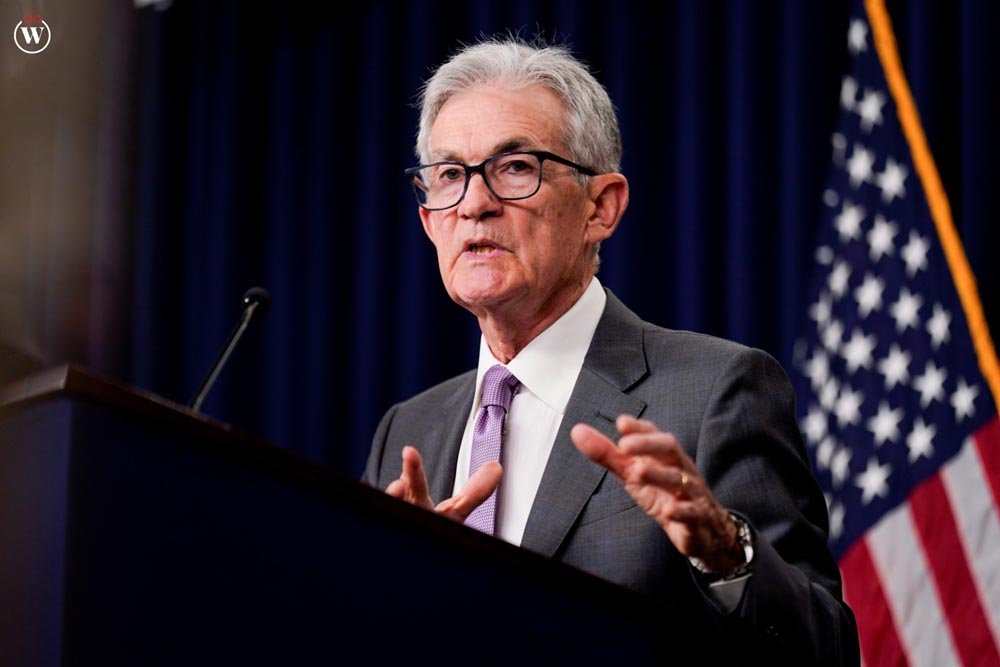Source – bloomberg.com
Federal Reserve Chair Jerome Powell announced on Wednesday that the central bank might reduce interest rates as early as September, should the U.S. economy continue to align with projected trends. This development marks a potential conclusion to the Federal Reserve’s extended effort to combat inflation, coinciding with the nation’s presidential election campaign.
In its latest two-day policy meeting, the Federal Reserve decided to maintain its benchmark interest rate within the 5.25%-5.50% range, a level set a year ago. Notably, the Fed’s statement reflected a more balanced view of inflation and employment risks, signaling a shift that could pave the way for future rate cuts after a prolonged period of tightening credit.
Jerome Powell emphasized this outlook during a post-meeting press conference, highlighting the broad easing of price pressures across the economy—a phenomenon he referred to as “quality” disinflation. He indicated that should upcoming data continue to support these trends, the case for lowering rates would strengthen.
“If we were to see inflation moving down more or less in line with expectations, growth remains reasonably strong, and the labor market remains consistent with current conditions, then I think a rate cut could be on the table at the September meeting,” Jerome Powell stated.
Political Implications and Market Reactions
The timing of a potential rate cut has drawn scrutiny from Republican lawmakers, who, during a July hearing with Jerome Powell, cautioned that such a move at the September 17-18 meeting could be perceived as politically motivated, especially given its proximity to the U.S. elections. They warned that highlighting progress on inflation and the prospect of cheaper credit and home mortgages could be seen as influencing voter sentiment.
In response to questions about the potential political implications, Jerome Powell reiterated that the Federal Reserve’s decisions are solely based on economic conditions and the progress toward the 2% annual inflation target, without consideration for the political calendar or any party’s interests.
U.S. stocks responded positively to the news, with major indices closing higher on Wednesday. A rally in chip stocks, coupled with the Fed’s indication of possible rate cuts in September, contributed to the market uptick.
“This is how we think about it. This is what we do,” Jerome Powell asserted, underscoring the central bank’s commitment to its economic mandate.
Future Outlook and Investor Sentiment
Jerome Powell’s comments have reinforced investor expectations that the Federal Reserve is poised to shift from a period of stringent interest rate policies to a more accommodative stance. This anticipated pivot is expected to facilitate the final stages of reducing inflation to the 2% target while minimizing adverse effects on the labor market.
Some Federal Reserve policymakers had even considered the possibility of a rate cut during the recent session, according to Powell. However, the prevailing sentiment within the policy-setting committee favored waiting until the next meeting, contingent on forthcoming economic data.
The Federal Reserve‘s potential policy shift in September represents a significant development for the U.S. economy, promising relief from the restrictive interest rates that have characterized the past two years. Investors and analysts will be closely monitoring economic indicators in the coming weeks to gauge the likelihood of this anticipated change in monetary policy.
Jerome Powell’s reaffirmation of the Fed’s data-driven approach provides a clear framework for understanding the central bank’s future actions, offering a measure of predictability amid ongoing economic uncertainties.









